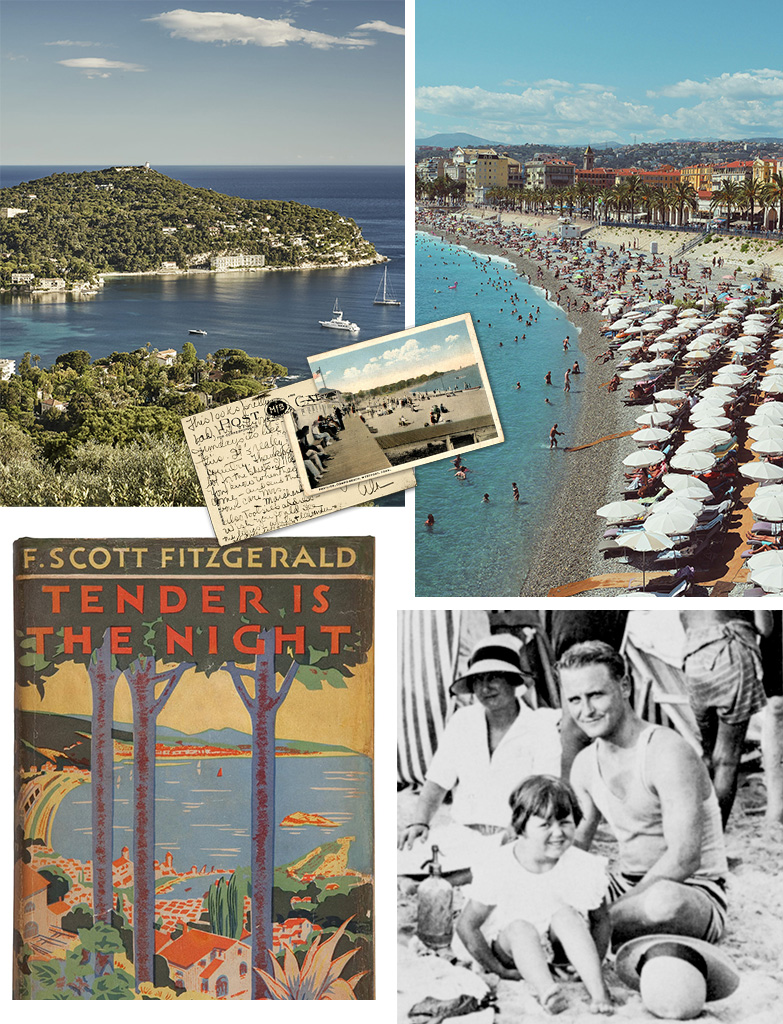
The Côte d’Azur hotels, beach clubs and casino bars where Scott and Zelda drank too much, wrote just enough and made literary history anyway
Writing, to me, has always carried this transportative quality; a well-written story can carry you along with all your senses to a place in time you’ve never been. Ruskin Bond took me to Landour, Patti Smith to an empty yet cosy Cafe ‘Ino in Greenwich Village, Fitzgerald took me to a hedonistic, hazy French Riviera. To its long salt-blown summers of 1920, when F. Scott and Zelda arrived in the Antibes with a steamer trunk full of linen and discontent. “When your eyes first fall upon the Mediterranean, you know at once why it was here that man first stood erect and stretched out his arms toward the sun,” Fitzgerald wrote in 1924, overwhelmed by the fairy-tale blue of the French Riviera. In his books, Fitzgerald’s Riviera felt all champagne on ice, sea air through the pines, shadows of old loves caught in the cabana curtains.
Centuries on, the mood still lingers, and Côte d’Azur still feels as hedonistic as ever. Hosting the spillover from the Cannes Film Festival alive with yacht parties, gallery openings, perfumeries, and beach clubs. This is your route to Fitzgerald’s French Riviera (sans the summertime sadness) through the hotels, restaurants, and hideaways that once hosted the Lost Generation.
Tender Is the Night at the Antibes
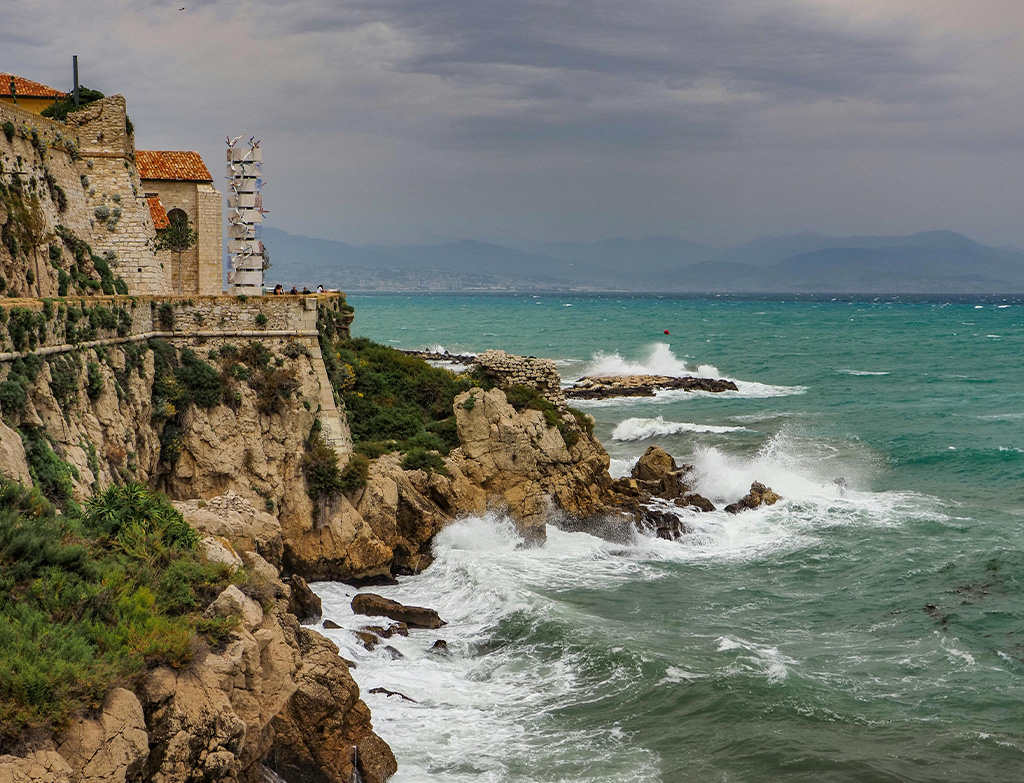
While it is now the backdrop of megayachts and Cannes Film Festival spillover, Cap d’Antibes was what inspired Fitzgerald’s Tender Is the Night. It was here, in Cap d’Antibes, that he and Zelda spent their most sun-drunk, champagne-splashed summer.
Hôtel Belles Rives, Juan-les-Pins
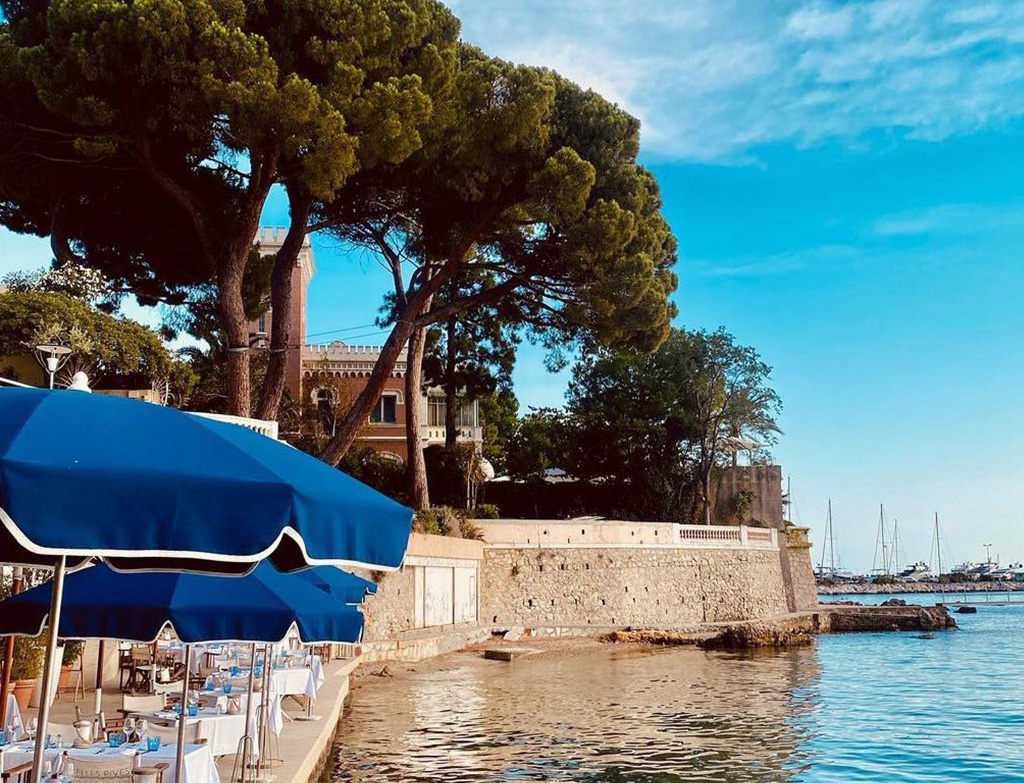
Scott and Zelda rented Villa St. Louis Juan-les-Pins during their time in Antibes. It was here, with windows open to the scent of pine and the sound of waves, that Fitzgerald began to draft Tender is the Night. The rented house is now known as the Hôtel Belles Rives, with 43 rooms and a Michelin key.
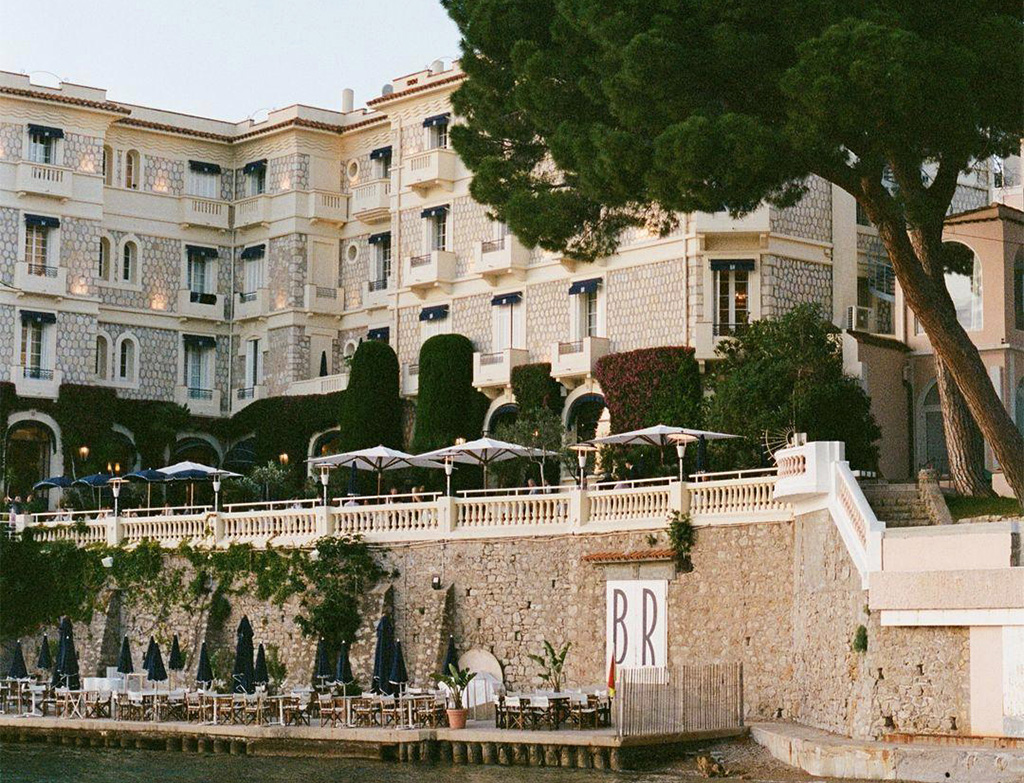
The hotel still wears its 1920s soul lightly: Art Deco arches, powder-blue shutters, parasols leaning over the shoreline. Several rooms still open onto private sea-view balconies, and there’s a palpable sense of being caught mid-century.

The Fitzgerald Bar, inside the hotel, leans into its literary past: leopard prints, leather-bound menus, a cocktail named after Zelda, and vintage portraits of the pair. It’s moody and marbled, with a terrace for sunset martinis—best taken with the house olives and a paperback in tow. This is a true seaside property—no road between you and the water. Guests also have access to the Belles Rives Beach Club (open seasonally), and the in-house restaurant, La Passagère, holds a Michelin star, serving Mediterranean classics with nouvelle flair.
Hôtel du Cap Eden Roc, Antibes

If Villa Saint-Louis was where Fitzgerald wrote Tender Is the Night, then Hôtel du Cap Eden Roc is what inspired its setting. Immortalised as Gausse’s Hôtel des Étrangers in Tender Is the Night, Fitzgerald described it as a “large, proud, rose-colored hotel” with “deferential palms cooling its flushed façade”, and a “short dazzling beach” that glittered with the sort of people who had nowhere else to be but exactly here.

A century on, and you can still find Gausse’s Hôtel here. Rose-draped sea-view suites, linen-draped lunches in whitewashed cabanas perched above the rocks, and that iconic cliffside saltwater pool still draw a crowd that prefers its luxury polished, its privacy implied. Guests arrive by boat or Bentley, staff still greet with that signature hush, and the pace is Riviera-languid, slowed down by perfection on tap: Dior Spa, sun-warmed pine trees, room service with the elegance of a ballroom.
Provençal lunches at Saint Paul de Vence
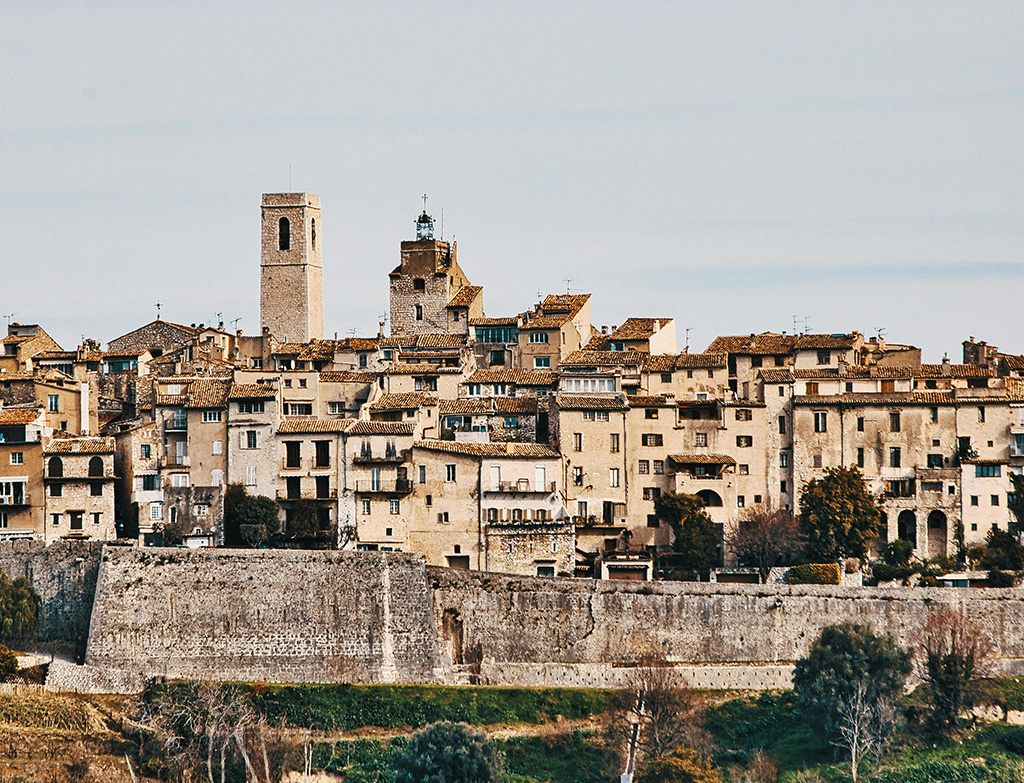
Saint Paul de Vence is a relaxed, artsy town where Chagall lived and the Fitzgeralds paid short strips. It boasts the Maeght and Saint-Paul’s art museums, and Folon’s Chapelle des Pénitents Blancs and Posh Spice’s Riviera brunch spot of choice, La Colombe d’Or.
La Colombe d’Or, Saint-Paul-de-Vence
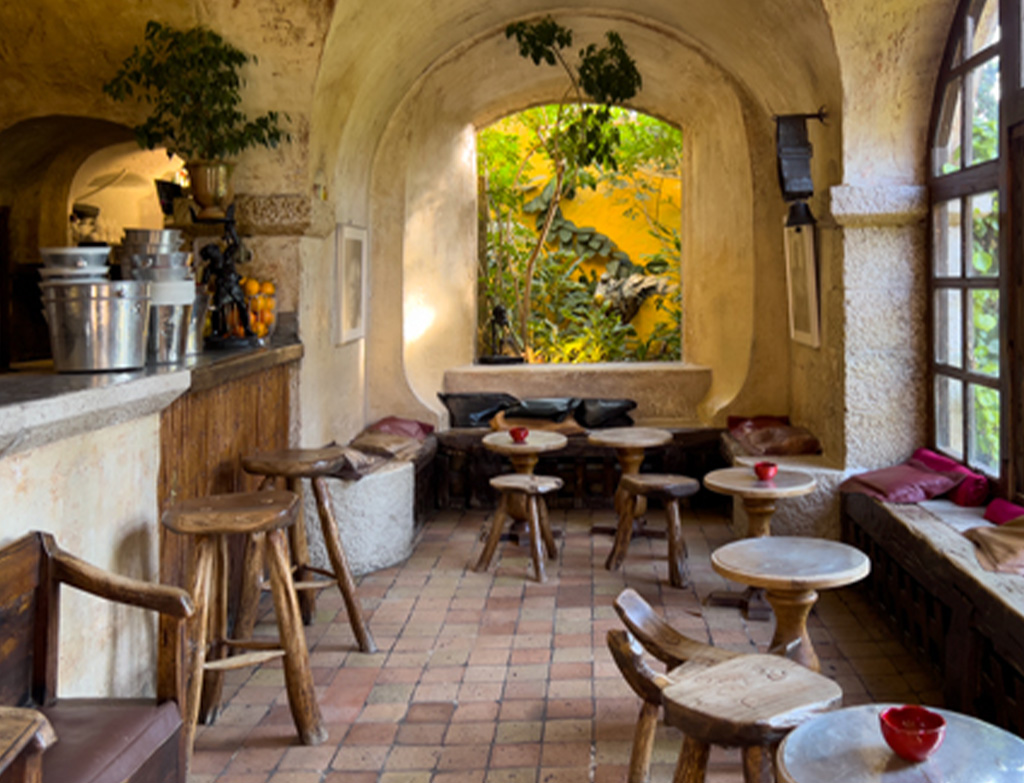
Hidden behind tall wooden gates in the cobbled heart of Saint-Paul-de-Vence, La Colombe d’Or still holds the air of a well-kept Riviera secret. In the 1920s, Scott and Zelda Fitzgerald dined here often — the jasmine-scented courtyard and its long, wine-soaked afternoons felt worlds away from New York or Paris. Rumour has it that Zelda, ever the wild muse, once threw herself down the restaurant’s stairs in a jealous fit after Scott flirted with Isadora Duncan.
Inside, the space feels deliberately unchanged—a Provençal time capsule. The menu hasn’t shifted in 40 years, still serving rustic country classics beneath lemon trees and birdsong. The 25 pared-back rooms with whitewashed walls and sun-warmed terracotta floors whisper of a quieter luxury, but the real magic is in the art: works by Picasso, Matisse, Chagall, Cocteau, Léger, and Calder, all once traded for meals and board by Paul Roux, the inn’s original owner. Today, his grandchildren still run the place, keeping its spirit intact—where a Matisse sculpture casually flanks the pool, and a Braque might hang inches from your breakfast baguette.
The Monégasque roulette
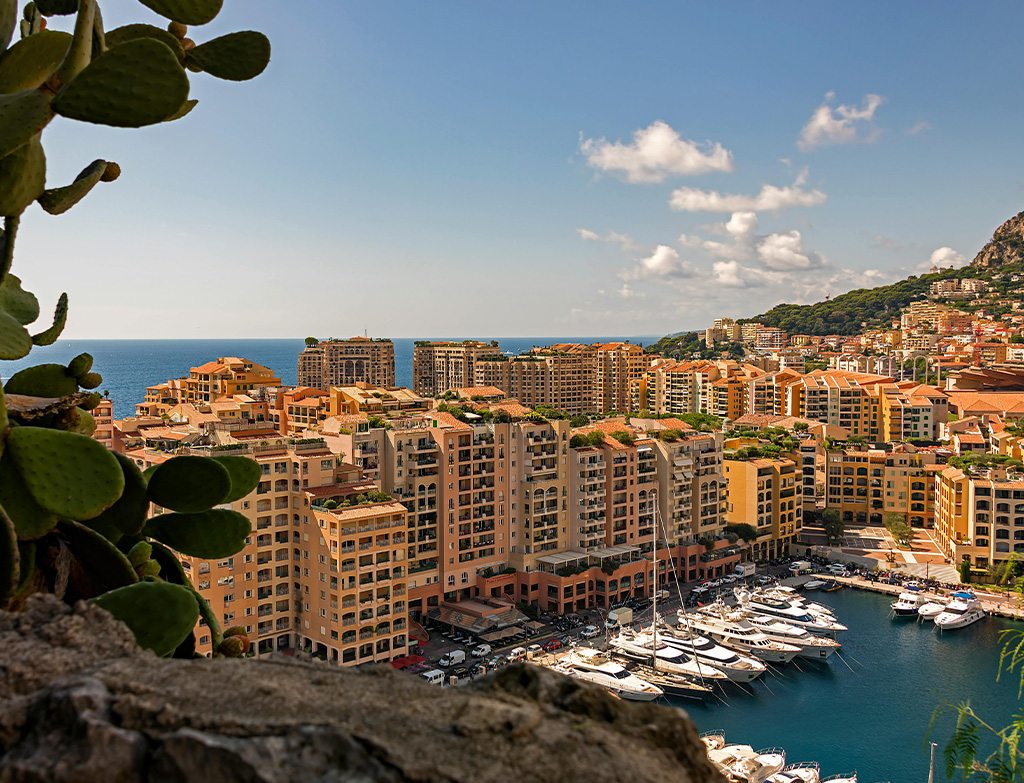
In his essay collection for Esquire named The Crack-up, Scott recalled, “Once in the middle twenties I was driving along the High Corniche Road through the twilight with the whole French Riviera twinkling on the sea below. As far ahead as I could see was Monte Carlo.” It was on one of those Corniche drives, the kind where the Riviera unfurls below like spilled sapphires, that Fitzgerals saw Monte Carlo shimmering in the distance. In the 1920s, he and Zelda made regular trips here from Saint Raphael.
Monte Carlo Casino
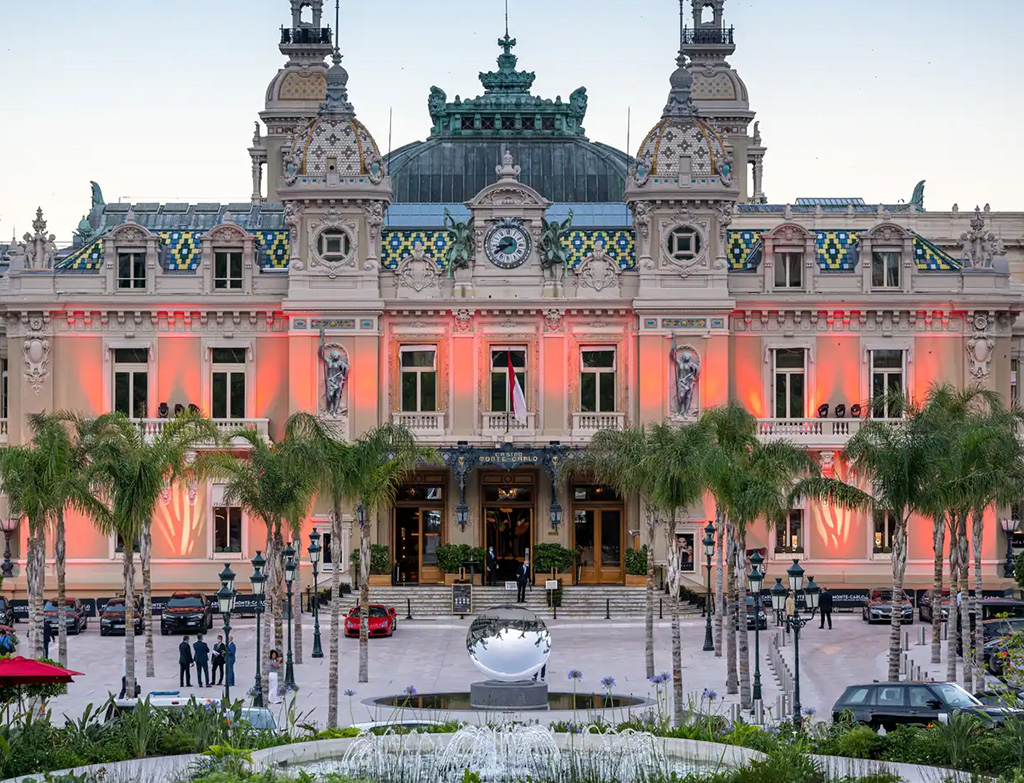
It was often a spontaneous jaunt—a scenic drive from Saint-Raphaël through the glittering Corniche roads, with Monte Carlo gleaming ahead like a promise. Fitzgerald and Zelda often came to the Casino de Monte-Carlo, not just to flirt with fortune, but to soak in its gilded spell. The Beaux-Arts jewel, open since 1863, was drenched in extravagance—all marble pillars, gold leaf, and chandeliers trembling with theatrical tension. Today, visitors still dress the part. You’ll need ID and elegance (no shorts or trainers) to enter the Salle Europe, where Belle Époque frescoes arch above velvet roulette tables. But even if you skip the tables, wandering the marble atrium and sipping a martini at the Bar Salle Blanche delivers its own kind of Gatsby-era enchantment.
Hôtel de Paris, Monte Carlo
Just steps from the casino, Hôtel de Paris offered the Fitzgeralds a different kind of fantasy–formal, indulgent and cinematic. In Show Mr. and Mr.F to Number—, Zelda chronicled their stay here:
“The Hotel de Paris at Monte Carlo was like a palace in a detective story. Officials got us things: tickets and permissions, maps and newly portentous identities. We waited a good while in the formalised sun while they fitted us out with all we needed to be fitting guests of the Casino. Finally, taking control of the situation, we authoritatively sent the bell-boy for a toothbrush.”
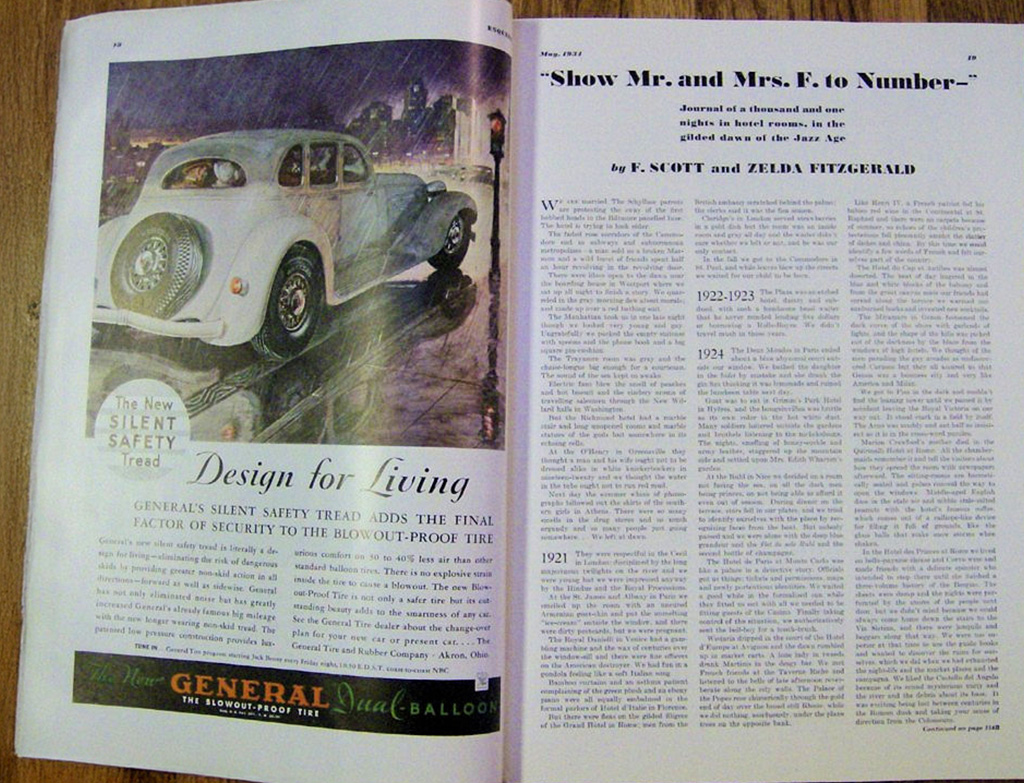
Today, the Hôtel de Paris still evokes the same sybaritism. Guests check in to suites named after Princess Grace, dine at Le Louis XV–Alain Ducasse or sip jazz-backed cocktails in the American Bar or take a dip in the Wellness Sky Club pool.
The Fitzgeralds’ way of living Nice
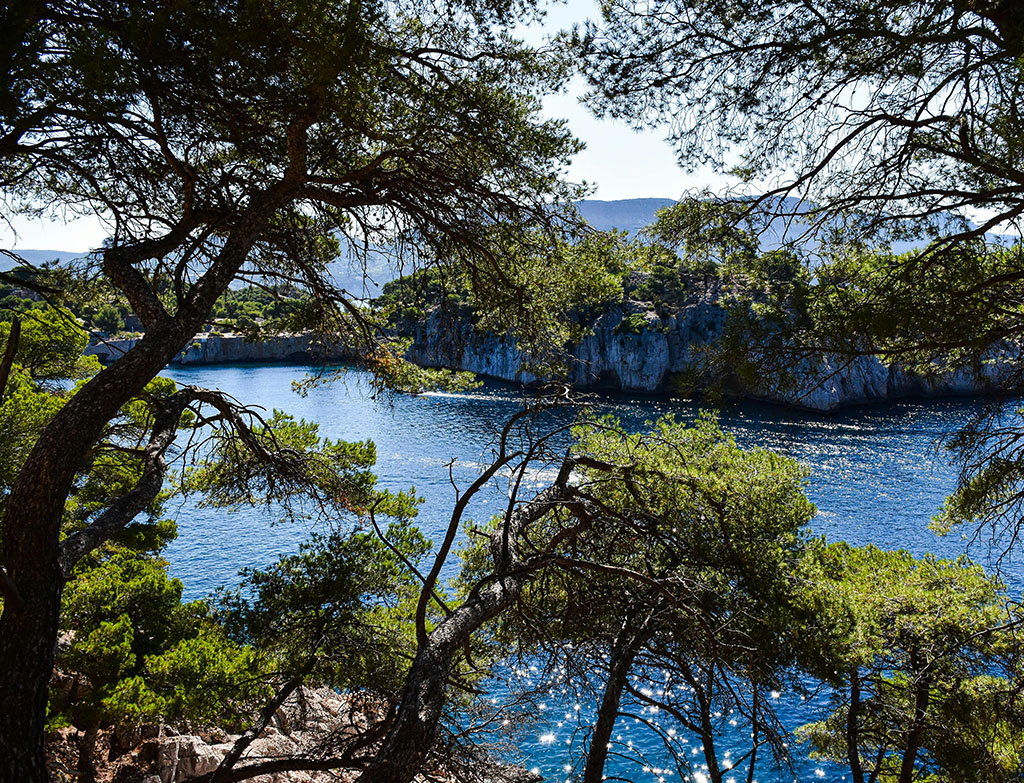
Often overlooked as a mere gateway to the French Riviera’s smaller resort towns like Monaco, St.-Paul-de-Vence, and Antibes, Nice is frequently bypassed despite its size and UNESCO World Heritage status. Staying at the Hôtel Beau Rivage in Nice, the Fitzgeralds were frequent visitors to the area. Zelda, while learning ballet, would attend performances at the Casino de la Jetée to save money.
Ruhl Plage, Nice
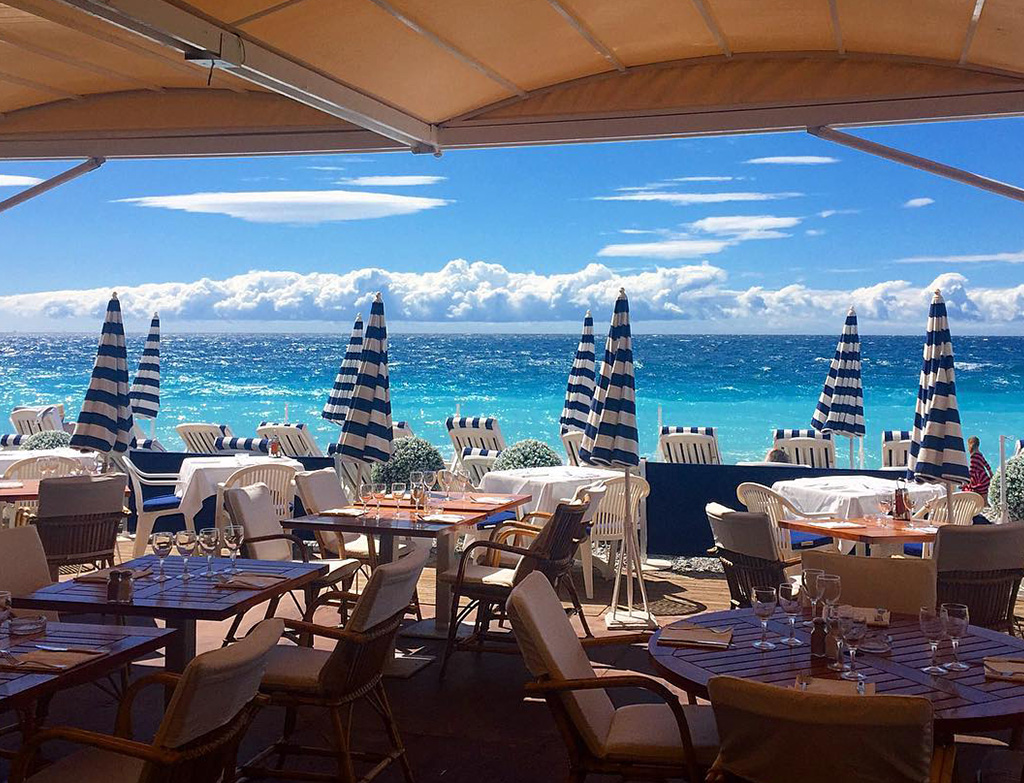
“At the Ruhl in Nice,” Zelda wrote in Show Mr. and Mrs. F. to Number—, “we decided on a room not facing the sea, on all the dark men being princes, on not being able to afford it even out of season. During dinner on the terrace, stars fell on our plates, and we tried to identify ourselves with the place by recognizing faces from the boat. But nobody passed and we were alone with the deep blue grandeur and the filet de sole Ruhl and the second bottle of champagne.”
It was here, at Ruhl Plage, that the Fitzgeralds dined under the Riviera sky, champagne bubbles catching the starlight. This private beach club along the Promenade des Anglais still exists, offering a mix of old-world glamour and Niçoise authenticity. The menu, rooted in fresh, local produce, includes summer truffle pizza, grilled sea bream, and their crown jewel: an authentic Pan Bagnat, a traditional Niçois sandwich layered with hard-boiled eggs, anchovies or tuna, raw vegetables, and olive oil inside pain de campagne. End with a rum baba—or two bottles of champagne, if you’re in the Fitzgerald mood.
Guests can book sunbeds with full-service dining, indulge in cocktails feet-in-the-sand, or simply watch the sun slide off the Baie des Anges with the same indulgent sense of unreality Scott and Zelda once did.
Hôtel Beau Rivage, Nice
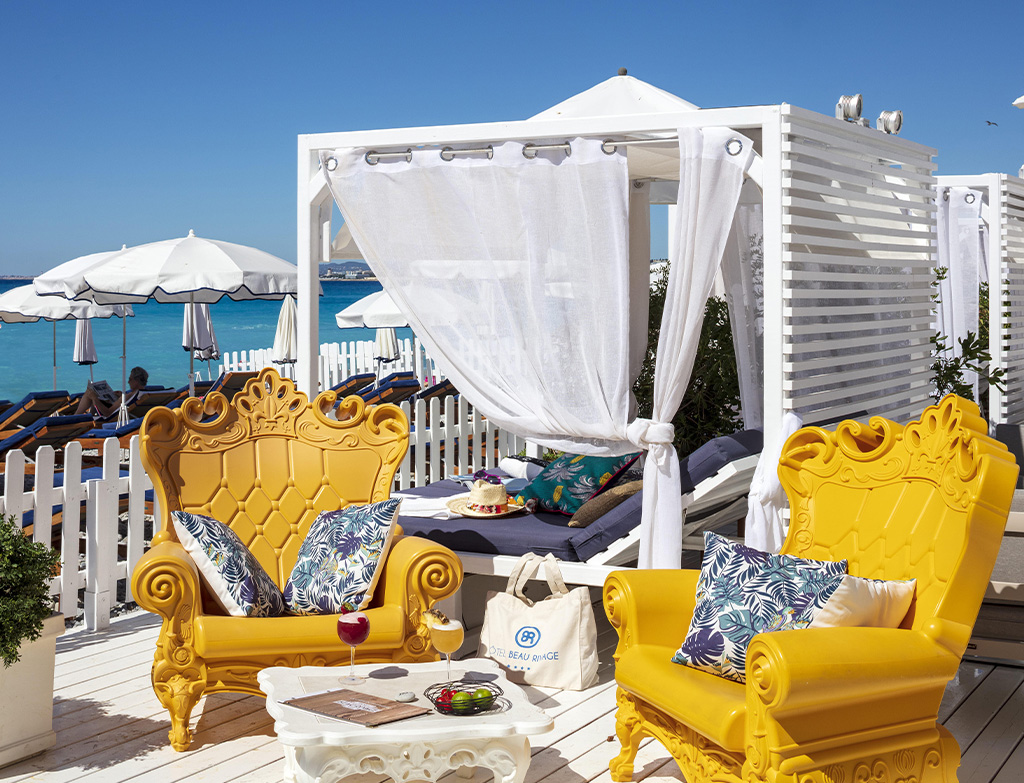
By 1929, the Fitzgeralds had traded luxury for something more subdued. They “stayed at the Hôtel Beau Rivage on the seafront,” and as Zelda recalled, they “lived more economically” here than at other haunts. Still, there were tangos danced in the café, and from the windows: that same curve of sea. One of Nice’s oldest hotels, the Beau Rivage (established 1860), remains a boutique gem, effortlessly sandwiched between the Cours Saleya flower market and the Promenade des Anglais. Its contemporary rooms are pared back yet elegant, with a nod to Belle Époque grace. Modern-day guests enjoy a private beach, plush mattresses set directly on the pebbled shoreline, and a seaside restaurant that serves fresh Mediterranean fare. For wellness seekers, there’s a hammam and massage rooms, while culture vultures can wander to the Nice Opera or the maze of old-town galleries nearby. It may be more restrained than the Hôtel du Cap or the Hôtel de Paris but that’s precisely what makes it feel like a secret whispered between pages.

Nearly a century since the Fitzgeralds chased summers along this coast, the French Riviera still delivers the same mix of sun-drenched beauty and timeless indulgence. Whether you’re following their footsteps into storied hotels, slipping into a sea-facing cabana, or ordering the second bottle of champagne, there’s a certain rhythm here that hasn’t changed. As Zelda wrote in Save Me the Waltz, the Riviera remains “a seductive place,” its charm heightened by “the blare of the beaten blue and those white palaces shimmering under the heat.”

 Add to favorites
Add to favorites

